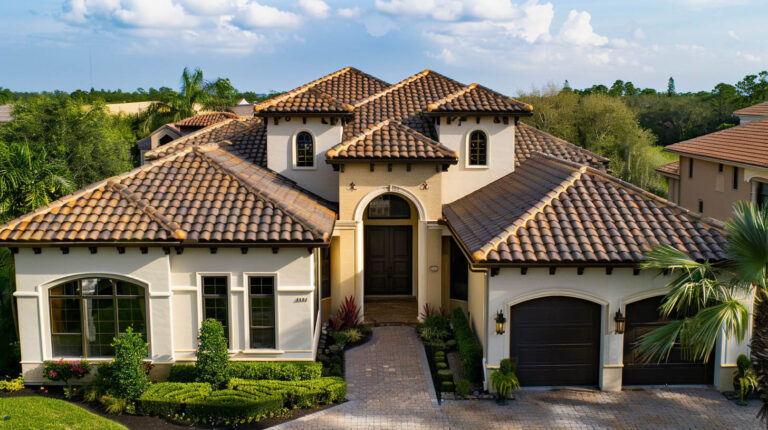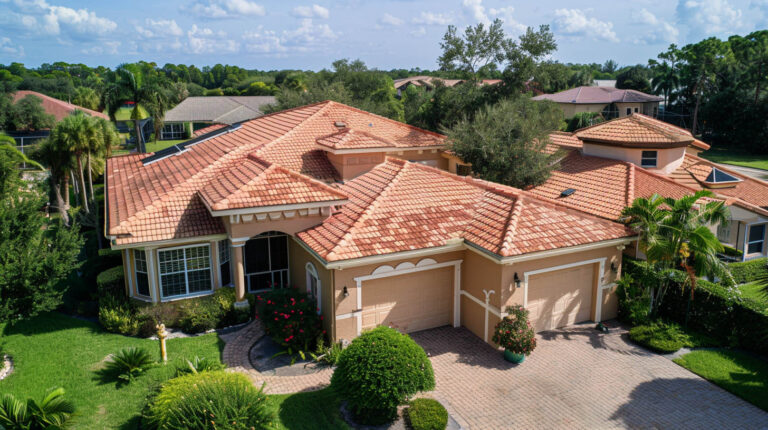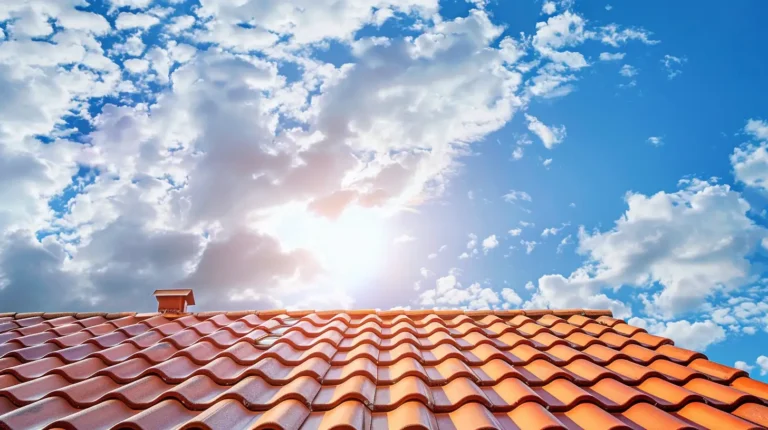
Blog
Key Considerations That Influence Roof Replacement Costs
When it comes time to replace your roof, understanding the factors that contribute to the overall cost is crucial for planning and budgeting. Various elements such as materials, labor, and local regulations all play a role in determining the final price. At Avenue Roofing, we offer transparent estimates and expert installation services to ensure your roof replacement process is smooth and cost-effective.

1. Quality and Complexity of Roofing Materials
The material you choose for your roof has a significant impact on the cost. Basic asphalt shingles are the most affordable, while high-end options like metal, tile, or slate come at a higher price due to their durability and long-lasting qualities. If you opt for materials with additional features like UV resistance or energy efficiency, expect the cost to increase.
For example, Owens Corning asphalt shingles are a popular choice for their durability and affordability. They provide excellent protection and longevity, making them ideal for Florida’s weather.
2. Size and Complexity of the Roof
Roof size is a primary factor in determining replacement costs. The larger the roof, the more materials and labor are required. Additionally, the complexity of the roof design, including features such as dormers, valleys, and multiple slopes, will increase labor time and cost. Intricate roofs are more labor-intensive and may require specialized techniques to ensure proper installation.
3. Removal and Disposal of Old Roofing
Removing the existing roof is a critical step in roof replacement. While some contractors may install a new roof over the old one to save time and money, this method can lead to issues later, such as trapped moisture and rot. At Avenue Roofing, we recommend full removal of old materials to ensure the new roof is installed on a solid foundation.
4. Structural Repairs
Once the old roof is removed, the underlying structure may require repairs. Moisture damage, rot, or mold can weaken the roof deck, necessitating additional work before new materials are installed. This adds to the overall cost but is essential for maintaining the integrity of your home.
5. Accessibility and Safety
The ease of access to your roof can affect labor costs. Roofs that are difficult to access may require additional safety equipment, such as scaffolding, which increases labor time. Steep or high-pitched roofs are also more dangerous to work on, requiring extra safety measures and adding to the cost.
Unique Fact: Roofing projects on steep roofs can cost up to 15-20% more due to increased safety risks and labor complexity.
6. Ventilation and Insulation Upgrades
Improper ventilation can lead to premature roof aging and higher energy bills. During a roof replacement, it’s an excellent opportunity to install or upgrade your roof ventilation system. Adding new vents or improving insulation can enhance the longevity of your roof while improving energy efficiency.
7. Local Regulations and Permits
Local building codes and permit requirements vary by location and can affect the cost of a roof replacement. Depending on where you live, there may be specific regulations regarding roofing materials, installation methods, and inspections that need to be factored into the budget.
Conclusion
Roof replacement costs are influenced by various factors, including the quality of materials, the complexity of the roof, and local regulations. By understanding these key considerations, homeowners can plan and budget effectively for their roof replacement. At Avenue Roofing, we offer expert installation and competitive pricing to ensure your new roof is both durable and cost-effective.
FAQs
1. How much does a roof replacement typically cost?
The cost varies depending on factors like the size of the roof, materials chosen, and labor requirements, but a standard replacement can range from $5,000 to $15,000.
2. Can I install a new roof over the old one?
While it’s possible, it’s not recommended. Full removal ensures the new roof is installed on a solid foundation, preventing future issues like leaks or rot.
3. Does the complexity of my roof affect the cost?
Yes, roofs with multiple slopes, dormers, or valleys require more labor and materials, increasing the overall cost.
4. How can I save on roof replacement costs?
Choosing energy-efficient materials and performing regular maintenance can help reduce long-term costs by extending the lifespan of your roof.
5. Are there any additional costs I should be aware of?
Other factors that may add to the cost include structural repairs, permit fees, and upgrading insulation or ventilation systems.
To learn how roof color impacts your home’s energy efficiency, click here.



